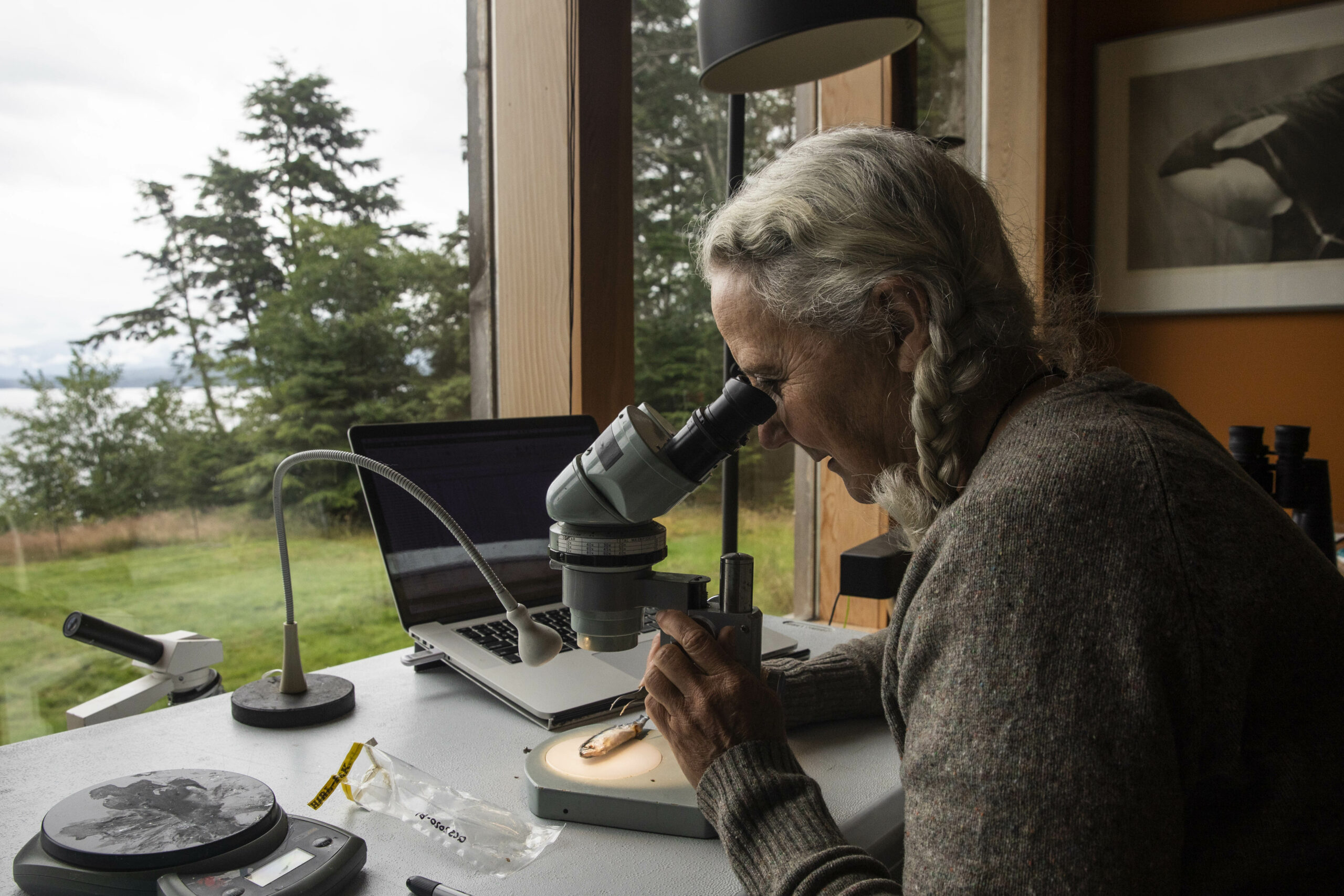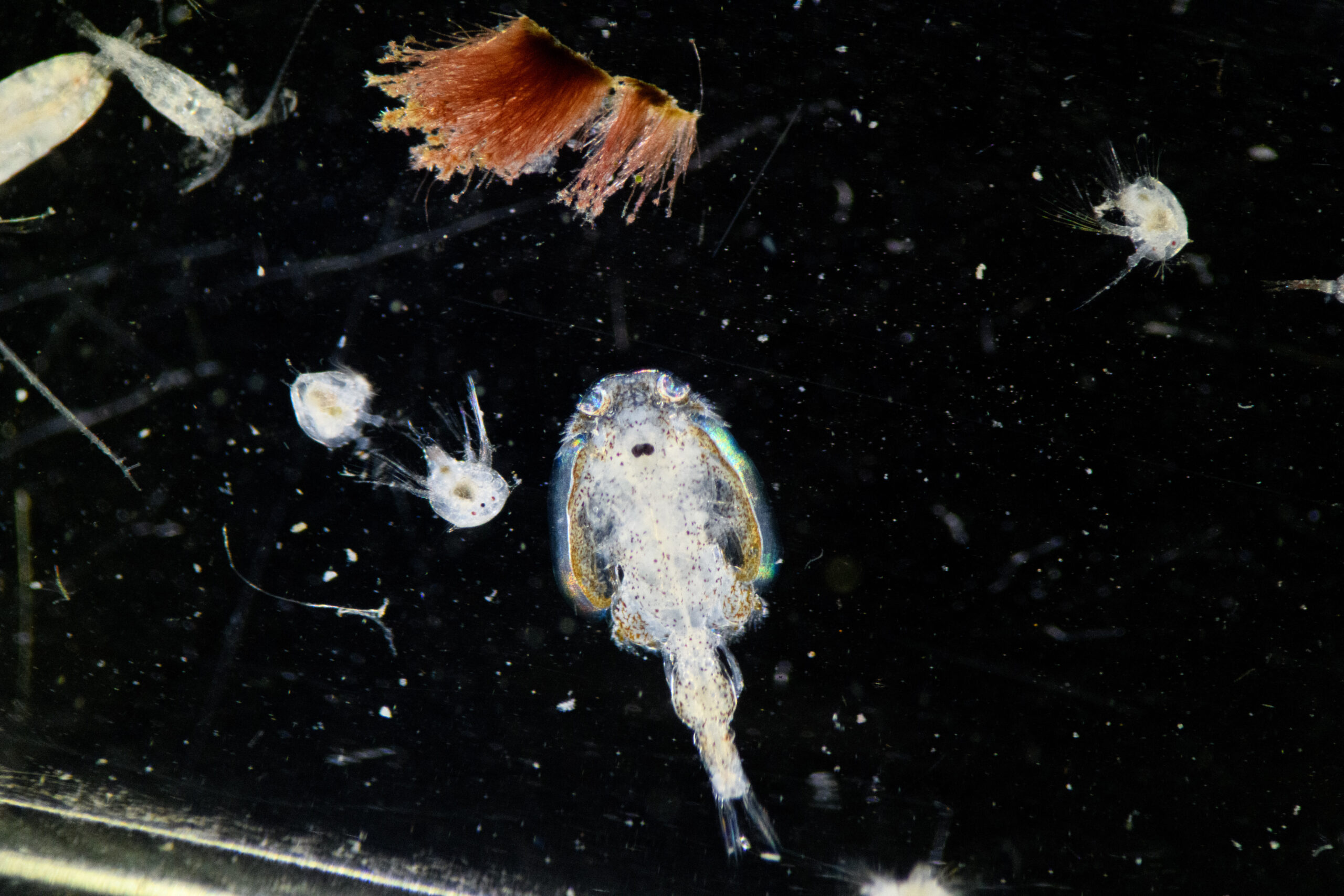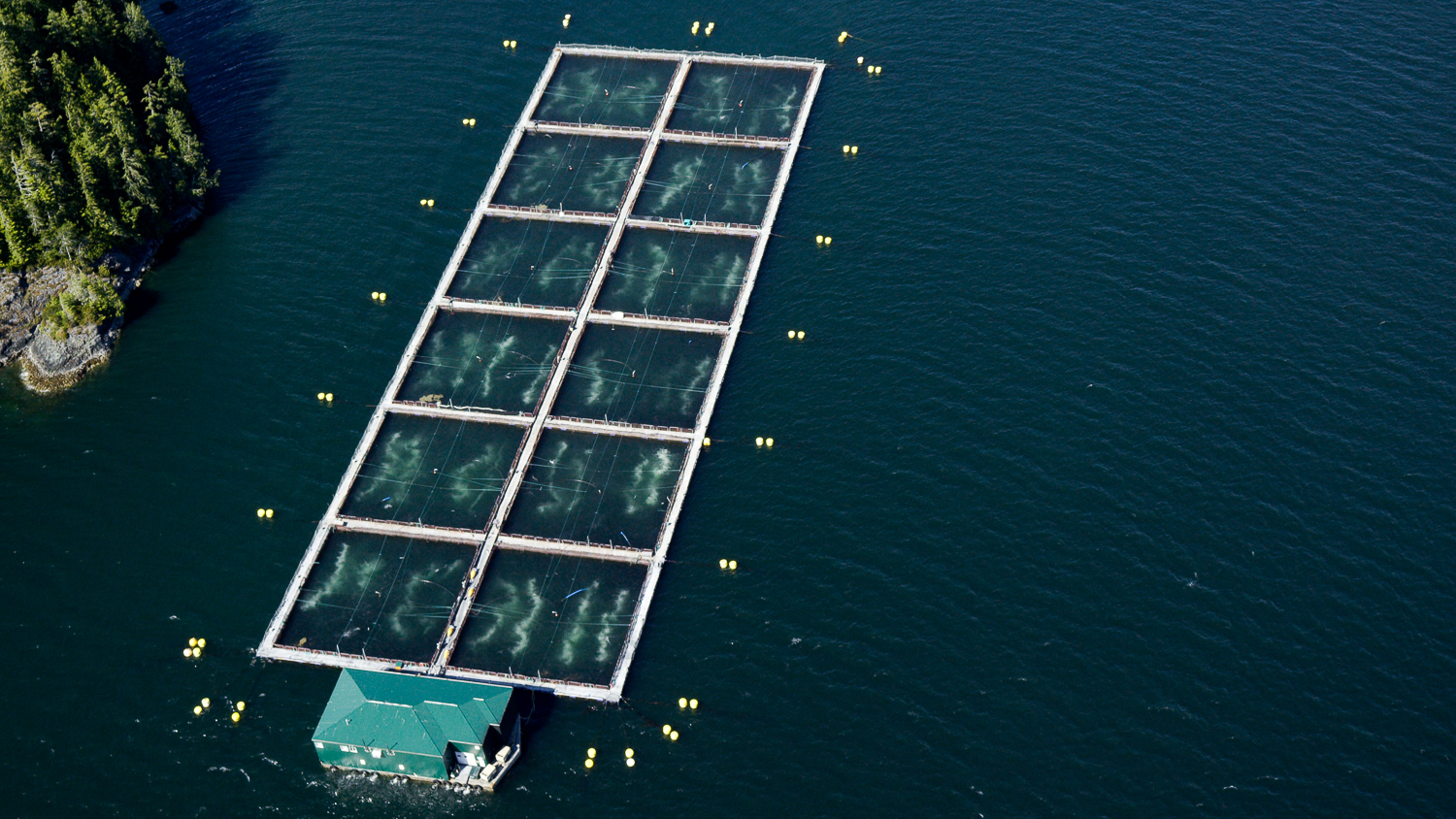
Rocky Mountain coal mine in Alberta takes next step to expansion
In Alberta, a massive open-pit coal mine near Jasper National Park is hoping to expand...
Sea lice counts at a fish farm in Clayoquot Sound were roughly five times the legal limit during a critical window for out-migrating wild salmon, according to internal government emails shared with The Narwhal.
Cermaq’s Bawden Point and Ross Pass farms exceeded the limit of three motile, or adult, free-moving lice per fish, which is in place during the the period when juvenile salmon travel out into the ocean.
During a March 2 audit at Bawden Point, officials with Fisheries and Oceans Canada, or DFO, detected sea lice levels of 14.22 lice per fish, according to an email from a veterinarian with the department’s aquaculture management team. This was at the very beginning of what the department considers to be the out-migration period, which runs from March 1 to June 30.
“This looks like a violation,” the veterinarian wrote, noting that sea lice are required to be below the three-lice threshold during the first count of the out-migration season.
Sea lice levels of 11.53 lice per fish — almost four times the federal threshold for treatment — were also detected during a March 7 count at Cermaq’s Ross Pass farm, according to a separate email from an aquatic biologist with the federal department.
“Young salmon are streaming past these farms continuously,” said Alexandra Morton, a biologist and long-time opponent of open-net pen salmon farms, who obtained the emails through an access to information request.

“These fish are tiny,” she said in an interview. “You get a lice on them and they just eat through their skin, they open them up to infection, they drain their resources.”
Across B.C., salmon are struggling to overcome myriad threats, from habitat destruction and industrial projects to climate change. Salmon farms, which have been shown to be breeding grounds for pests, such as sea lice, and viruses, are an added risk to already burdened wild populations.
Lice can kill these small juvenile salmon outright, but they can also slow them down, making them prime targets for predators, Morton explained.
“And, yet, DFO’s allowing it to happen,” she said.
In a statement provided to The Narwhal Monday, a spokesperson for Fisheries and Oceans Canada said “sea lice are parasites that have lived in BC’s coastal waters for thousands of years. Farmed fish are free of sea lice when they enter the ocean but can pick them up in the marine environment.”
The department requires farms to keep lice levels lowest during the out-migration period, but says, “the goal is not to eradicate sea lice,” which it notes “are a natural part of the ecosystem.”
Instead, the goal is to keep a check on the numbers to “limit harm to wild salmon.”
The spokesperson said in most years, sea lice levels at more than 90 per cent of fish farms are below the limit during the out-migration period.
This year, eight fish farms entered the out-migration period either with lice levels above the limit or did not count their lice levels during the first week as is required, the statement said.
Four Cermaq sites were affected by an algal bloom during this period and were exempt from the count, it said.
“After the algal bloom subsided, the affected sites counted sea lice and undertook active sea lice management as soon as they were able to do so,” the DFO spokesperson said.
The other four facilities, meanwhile, were not affected by any such conditions that would have prevented them from counting or treating sea lice.
“These files have been referred to DFO Conservation and Protection for further assessment. The names of these facilities remain confidential while still under investigation,” the statement said.
“Enforcing the conditions of licence relating to sea lice and the outmigration of salmon smolts is a high priority for fishery officers,” it said.
Cermaq did not respond to The Narwhal’s request for comment.
As of June 6, Cermaq reported that lice levels at its Bawden Point farm were down to an average of 1.67 lice per fish. The Ross Pass farm was listed as inactive, suggesting it was not in operation at that point.
A review of archived versions of the company’s sea lice reporting page suggest it has struggled in some cases to keep sea lice levels below the three-lice threshold over the last few months of the wild salmon out-migration period.
On March 21, the company reported lice levels of 5.62 lice per fish at Bawden Point and was planning mechanical delousing. No information was provided for Ross Pass. By March 28, the company reported that delousing was underway at Bawden Point and lice levels were down to 1.57 lice per fish. Ross Pass was listed as inactive, and lice levels at three other farms were over the limit.
By April 18, sea lice levels at Bawden Point were back up to 4.58 lice per fish and further delousing treatment was planned. All the while, researchers at the non-profit run Cedar Coast Field Station in Clayoquot Sound were monitoring sea lice levels among juvenile wild salmon.

“We had high lice levels on farm and so right away we were seeing relatively high abundance of sea lice on the smallest juvenile salmon,” Mack Bartlett, the station’s research coordinator, said of their early season findings.
Some of the juvenile salmon at this stage are just 30 mm in length, he said.
“They don’t have scales yet, they don’t have any body mass,” he said. “Those are the ones that you’re most concerned about trying to basically deal with the sea lice infestation on them.”
Sea lice became more of a challenge for farms in Clayoquot Sound around 2018 as the parasites developed resistance to the parasiticide commonly used to fight infestations, Bartlett said.
“Since then, they’ve been trying to figure out systems to control sea lice down to below the three lice per fish federally licenced limit and every year they’ve gone over on a number of farms, multiple times throughout the season,” he said.
The situation is a little better this year than previous years, in part because the farms put in a “big effort” to keep lice levels down, Bartlett said.
Despite those efforts, however, a number of farms exceeded the federal lice limit.

“I’m concerned that they don’t actually have a good strategy to get their lice numbers under control,” Bartlett said. And, DFO seems to be doing little to enforce its rules, he added.
For farms that exceed the lice limit, “there are no actual repercussions,” he said.
Now there are concerns the issues with sea lice could get worse if Fisheries and Oceans Canada approves Cermaq’s application to increase its production levels at its Bawden Point farm from a peak of 2,640 tonnes to 3,960 tonnes of fish.
That application is under review, according to Fisheries and Oceans Canada’s website.
“They can’t control their lice now and so there’s nothing that really indicates that they’ll be able to control it with more fish in the water,” Bartlett said.
Salmon farm licences across B.C., including for Cermaq’s farms in Clayoquot Sound, are set to expire at the end of this month. Fisheries and Oceans Canada Minister Joyce Murray is now faced with the decision of whether to renew some or all the licences and how that decision aligns with her government’s commitment to transition away from open-net pen salmon farms by 2025.
Updated June 13 at 4 p.m. PT to include a statement from Fisheries and Oceans Canada provided after publication.
Get the inside scoop on The Narwhal’s environment and climate reporting by signing up for our free newsletter. A $335 million funding commitment to fund...
Continue reading
In Alberta, a massive open-pit coal mine near Jasper National Park is hoping to expand...

A trade war could help remake B.C.’s food system, but will family farmers be left...

First Nations are leading efforts to make sure lake sturgeon can find a home in...
